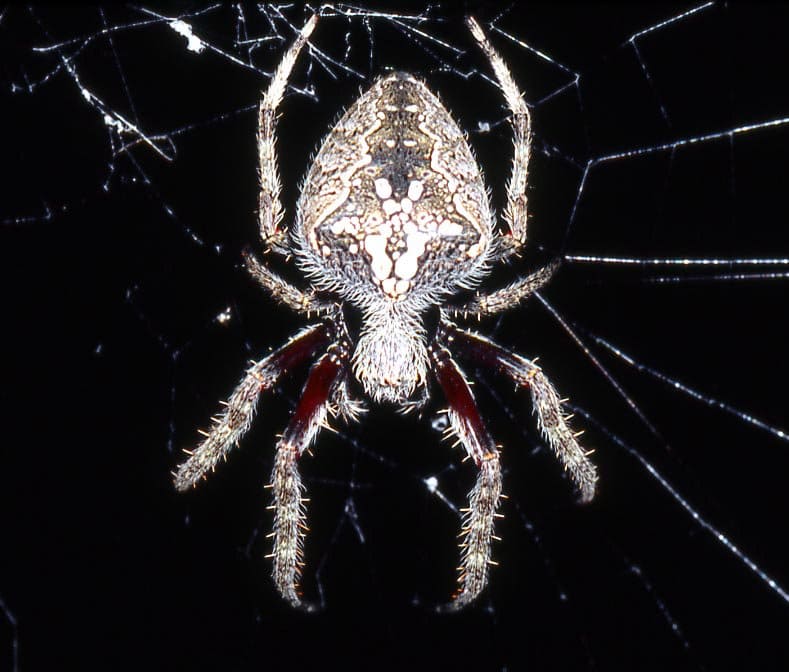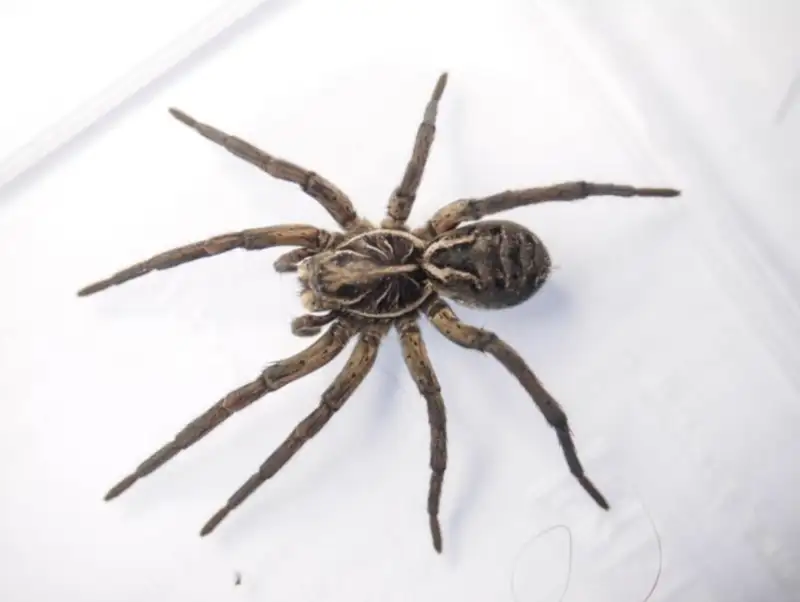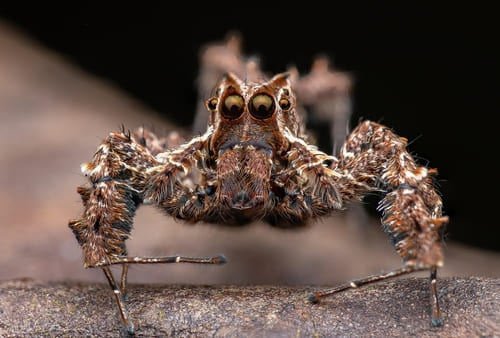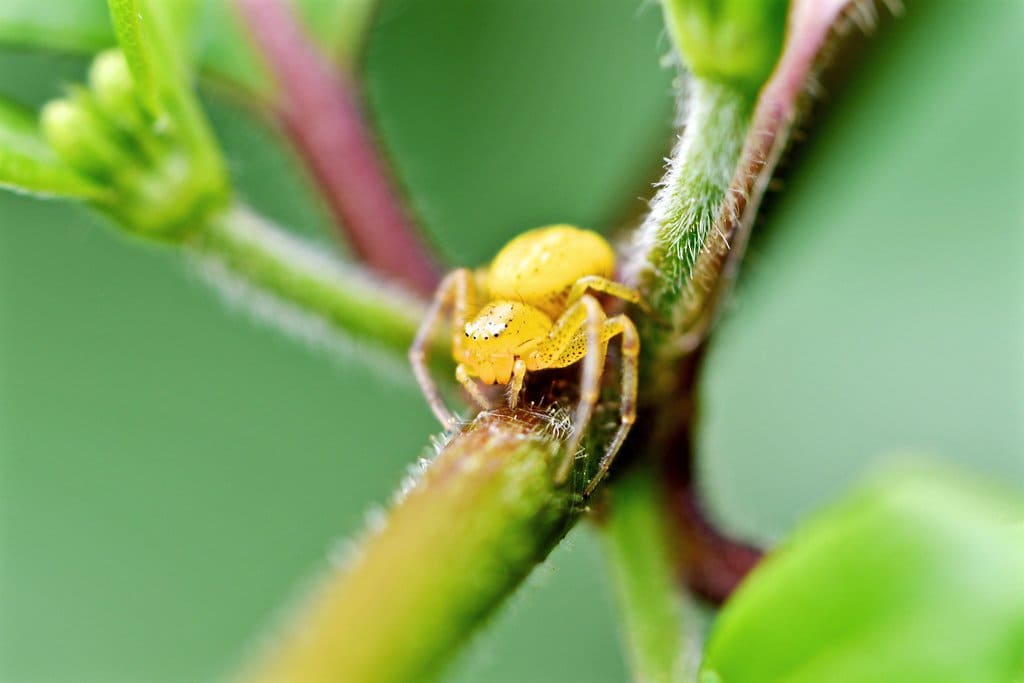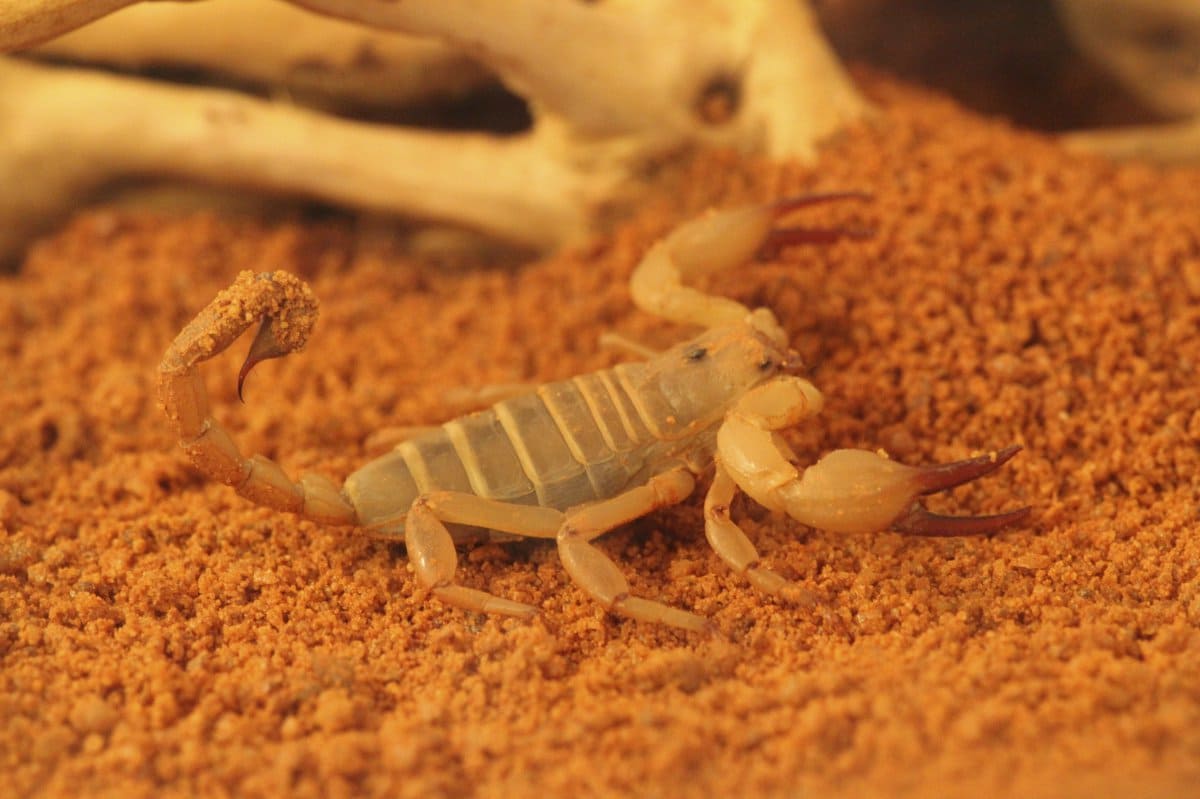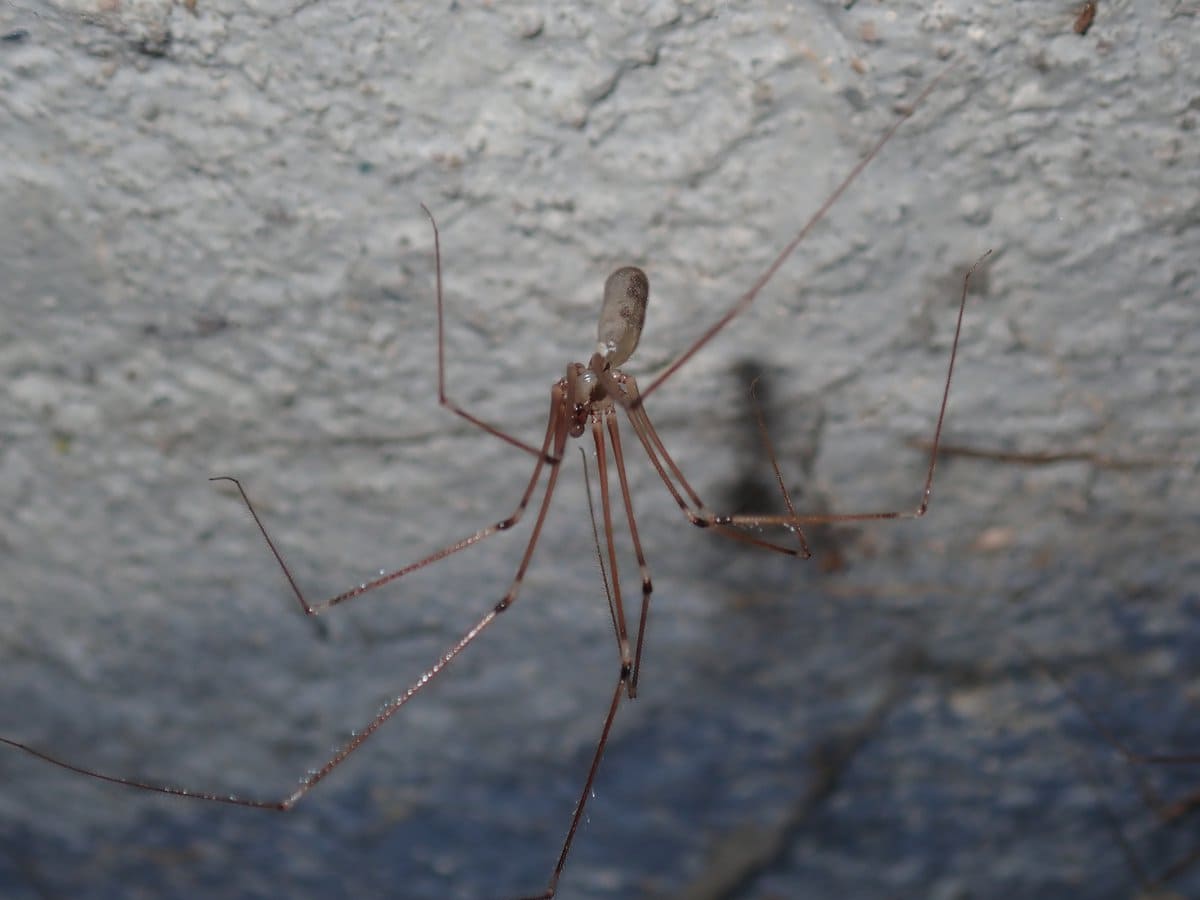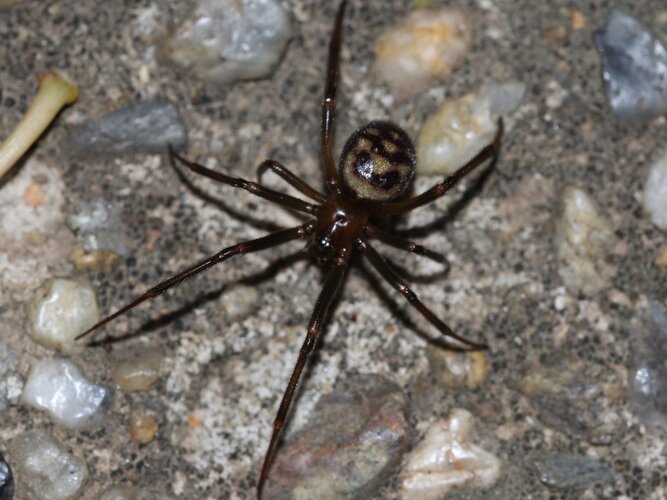Garden Orb‑weaving Spiders
IUCN
Not evaluatedBasic Information
Scientific classification
- name:Garden Orb‑weaving Spiders
- Scientific Name:Araneidae (e.g. Eriophora spp.)
- Outline:Arthropoda
- Family:Araneidae Eriophora
Vital signs
- length:Most females 10–25 mm; males smaller
- Weight:Typically a few hundred milligrams, varying by species and individual
- lifetime:Around 1 year; some species 1–2 years
Feature
Nocturnal orb‑web builders; predators of flying insects; venom generally mild to humans; important garden biocontrol agents.
Distribution and Habitat
Gardens, shrubs, forest edges and farmland margins across many temperate to warm regions worldwide.
Appearance
Rounded abdomen with variable spots or bands; long legs; colour and pattern highly variable among species.
Details
Garden orb‑weaving spiders are a loose group of species within the family Araneidae, including common genera such as Eriophora and Neoscona. They are best known for building classic circular orb webs in gardens, shrubs and forest edges, where they are important nocturnal predators of flying insects.
Basic Biology
Scientific scope: Family Araneidae – garden orb‑weaving spiders (e.g. Eriophora spp.)
Size: Most females 10–25 mm body length; males smaller.
Longevity: Typically around 1 year, some species 1–2 years.
Ecology & Behaviour
Many species construct their webs at dusk, sit at the hub or on a signal line at night, and may consume or abandon the web by morning. Prey includes moths, flies, mosquitoes and small beetles, making them valuable allies in natural pest control around homes and gardens.
Venom & Human Interactions
Like most spiders, garden orb‑weavers have venom to subdue prey, but bites to humans areusually mild, causing local pain and redness comparable to a bee sting. They are not regarded as medically significant in healthy individuals and rarely bite unless handled or pressed.
Role in the Garden
By removing large numbers of nocturnal flying insects, garden orb‑weavers act as “living pesticides”. Maintaining plant diversity, lighting that is not overly harsh, and reduced insecticide use all help sustain their populations and overall garden biodiversity.
FAQ
Q1. Are garden orb‑weaving spiders dangerous to people?
Generally no. Bites are uncommon and usually cause only short‑lived local pain and swelling.
Q2. Do they attack humans?
They are not aggressive; bites are defensive and occur mainly when a spider is accidentally grabbed or pressed.
Q3. Should I remove them from my garden?
Outdoors they are beneficial and can usually be left alone. If a web blocks a doorway, gently relocate the web or encourage the spider to move.
Q4. Why do they come in so many colours and patterns?
Different species and individuals have variable colour and pattern, often linked to camouflage on leaves, bark or man‑made structures.

